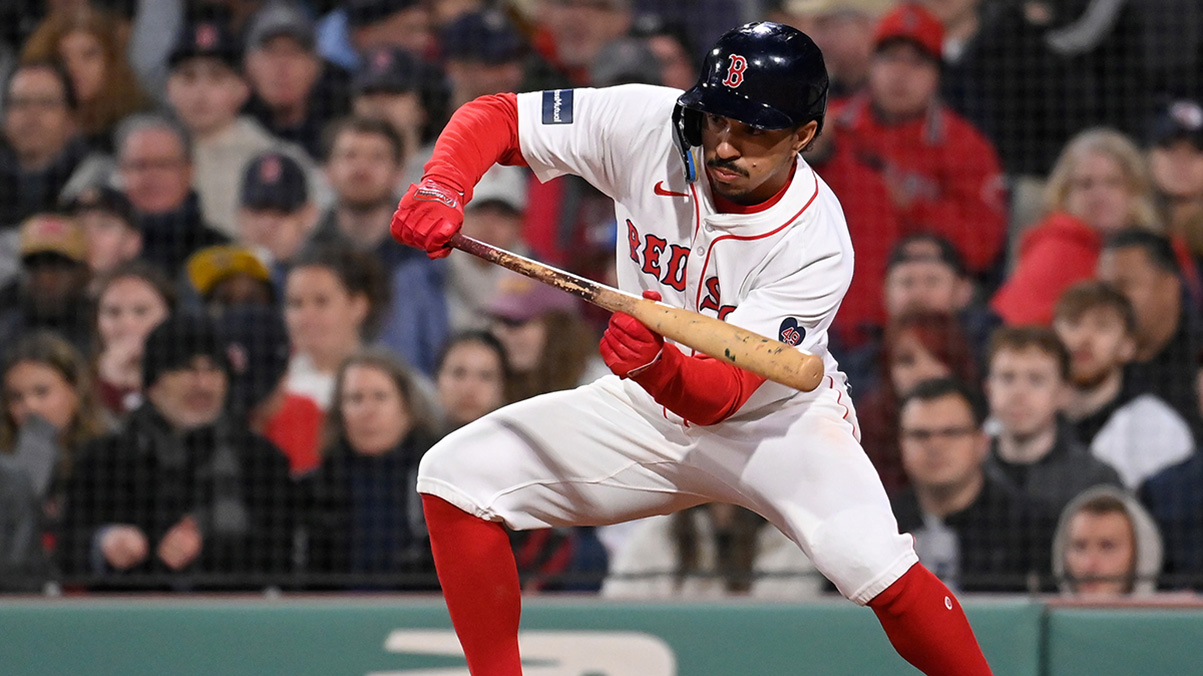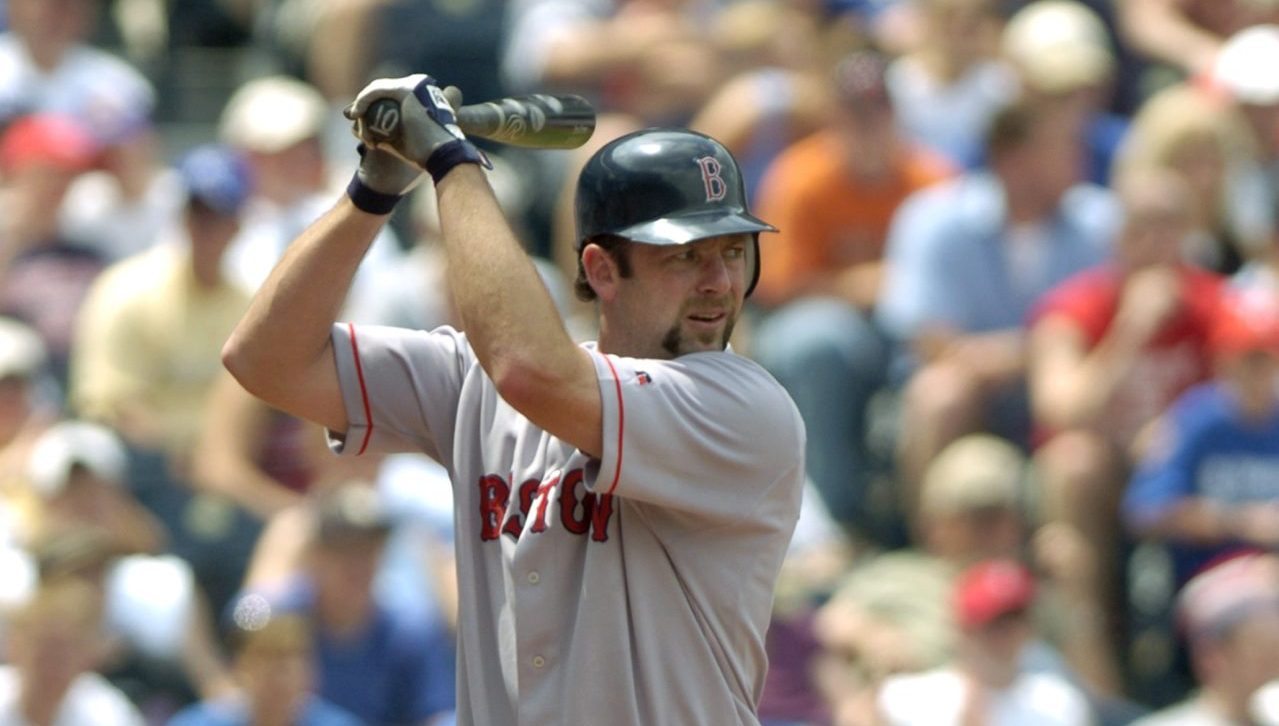
In one dramatic gesture, the Red Sox this week set about the process of changing their clubhouse culture, re-stocking their system with two high-end pitching prospects and, not
incidentally, saved approximately 260 million in future payroll obligations.
Even in the make-believe world of pro sports, where a million here or there begins to feel like pocket change, 260 million is, you know, real money.
Think of it: more than a quarter of a billion dollars that had been earmarked for Josh Beckett, Carl Crawford, Adrian Gonzalez and Nick Punto will now go back into the owner's coffers.
It's reasonable to expect that, in time, the Red Sox will re-invest the money saved. After all, since the Henry-Werner-Lucchino group took over in 2002, the Red Sox have annually been among baseball's handful of biggest spenders.
You can say that the Sox haven't spent wisely; but it's impossible to charge that they haven't spent.
A lone recent exception came last winter, when, much to their detriment as it turned out, the Sox wouldn't spend to improve their pitching depth. Huroki Kuroda and Edwin Jackson were deemed too expensive, even on short-term deals.
The reason for the sudden stinginess was the new collective bargaining agreement, which changed the rules and the financial landscape. The Sox didn't want to put themselves in position where they would be over the competitive balance tax (CBT), thus incurring
stiff penalities for luxury tax payments.
Boston Red Sox
Thanks to the deal with the Dodgers, the Sox are out from underneath appoximately 57 million in obligations for the 2013 payroll.
The trick, however, is to not spend that money on the first shiny bobble or two that happens along on this winter's free agent market. That, after all, would simply result in the team rushing back into the burning building from which they just escaped -- with the help of the Dodgers' new ownership group, of course.
The deal itself would seem to be a recognition that the franchise has gotten away from its own blueprint, which focused not on high-ticket free agents, but rather, scouting and development.
When the Red Sox consistently won - from 2003 through 2008 -- they did so with an emphasis on homegown players: Nomar Garciaparra, Kevin Youkilis, Trot Nixon, Jon Lester, Jonathan Papelbon, Dustin Pedroia, and Clay Buchholz.
True, the team augmented those with some significant - and costly -- free agents or trade acquisitions such as Curt Schilling, Keith Foulke and others -- but nearly as many were shrewd, relatively low-cost players such as David Ortiz, Bill Mueller and Kevin Millar.
It was only recently that the organization was sucked in to the allure of big-name free agents, or, what former general manager Theo Epstein alluded to as "the Monster.'' And look where that got them: John Lackey. Carl Crawford. And to a lesser extent, Adrian Gonzalez.
The worst possible path the Sox could now take would be to chase after the likes of Zack Greinke -- the top starting pitcher on this fall's free agent market -- or Josh Hamilton -- inarguably, the most talented position player.
Beyond the notion that doing business with free agents almost always results in overpaying for performance, it would be hard to imagine two players less suited for the Boston marketplace.
Greinke suffers from a clinically-diagnosed social anxiety disorder. That's been enough to scare off the New York Yankees in the past, who have expressed concern over how Greinke would deal with the pressures, scrutiny and expectations that come from playing in the nation's biggest market. But would Boston be any less forgiving.
Hamilton, a recovering addict, also seems like a spectacularly poor fit for Boston. After two public relapses -- one in Arizona several off-seasons ago, and one in Dallas earlier this year -- Hamilton would be under a microscope in Boston.
Moreover, there's his lack of durability. As talented as Hamilton undoubtedly is -- and some have said he may well be the most skilled player in the game -- he has played more than 133 games just once in his major league career. It's not likely that he will become
more as he gets into his mid-30s.
Do either of those sound like good investment
The Sox would be better off waiting until after 2013 when Josh Johnson, Tim Lincecum and Matt Garza all reach free agency.
Even then, however, the Sox should adopt a caveat emptor approach. Beyond Manny Ramirez, which eight-figure free agent has been worth the investment for the Sox in the last decade.
"Free agency,'' said one talent evalautor, "is a losing proposition.''
It's easy for the Red Sox to say that now. The real temptation will come this winter, when the team faces the difficult mission of attempting to sell tickets following a third consecutive DNQ for the post-season.
Then, the Sox will undoubtedly hear complaints from fans that they're attempting to slash payroll in preparation for a sale. Or that they're turning into small-market players in a big-market town.
The tough part will be to resist that sentiment, that call to spend the money they've saved.
For a team whose owners are as PR conscious as these, it will not be easy to avoid the quick fix, the showy signing that will supposedly signify commitment.
As the last few years have demonstrated, that's not the right route back to contention.
It would be far wiser to invest a chunk of the money saved into scouting -- both international and domestic. Do it well enough, and before long, the Sox will have enough prospects to not only fill their own roster, but also, to trade off in the search for more established help.
It wasn't that long ago that the Sox understood that drafting and development -- while far less showy and unquestionably slower -- is the best path. Should they forget, they can remember this week when it took a team more desperate than they were to help undo several years of misguided spending.


